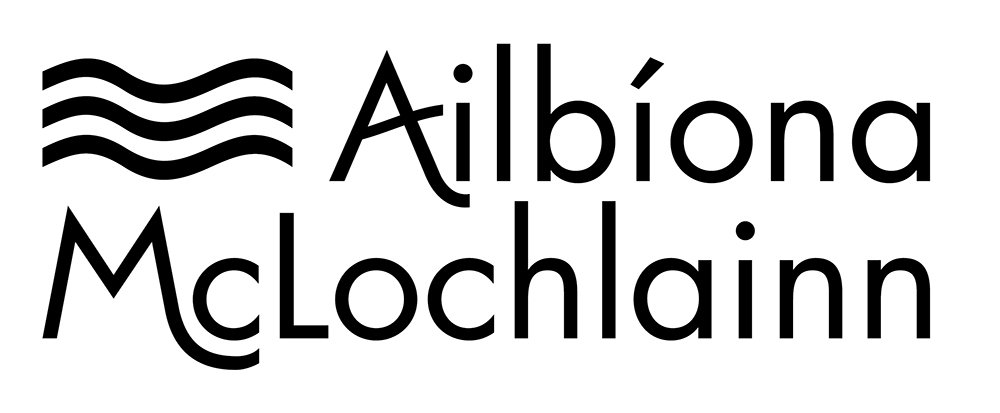Mind the Gauge. Ignore the Needle Size
this post was originally published on my old website
in March 2019; it has now been moved here un-altered
On occasion I talk to knitters who have laboured over a garment, only to be dismayed that it came out too big or too small, compared to what the measurements provided in the pattern led them to expect.
‘And did you get the correct stitch counts?’ I usually start by asking. To which the answer is ‘Oh yes! I followed the pattern exactly, and used the recommended needle size…’
‘Wait, wait. You did what?...’
I then explain about gauge and tension. And depending on the knitter’s background, what follows is either an epiphany, or suspicious disbelief. Because interestingly enough, I encounter two types of knitters who might simply start knitting from a pattern using the recommended needle size, without swatching. The first category is novices. The second is experienced knitters, whose knitting repertoire had previously consisted of a limited - and usually region-specific - selection of patterns, which all happened to recommend needle sizes consistent with the knitter’s own tension. This post is for the benefit of both of these types of knitters, as well as anybody else who might be confused about this aspect of a pattern.
It is customary for knitting patterns to list needle size recommendations. However, many handknits designers, myself included, are of the opinion that needle size figures should be omitted from patterns.
This is because needle size is ultimately irrelevant - a means to and end, if you will. The relevant and crucial information in the pattern is the gauge. And whatever needle size a knitter needs to use in order to meet that gauge, is the correct needle size for them.
For example, let’s say a sweater pattern states the following information:
Gauge: 20 stitches and 25 rows = 10cm x 10cm (4” x 4”)
Recommended Needle Size: 4mm
What this means is, that you must meet the gauge of 20 stitches per 10cm. And that you might be able to accomplish that on 4mm needles. But you might not! Which is why you need to swatch, and determine what size of needles you actually need in order to meet the stated gauge.
Misleading? A bit. And that is why in an ideal world, a knitting pattern would read something like this:
Gauge: 20 stitches and 25 rows = 10cm x 10cm (4” x 4”)
Recommended Needle Size: As needed to meet gauge
There are some intrepid designers who do exactly that. Kate Davies refuses to include needle size in her self-published patterns for this very reason. Alas, not all of us are as brave as she. And the fear of not including needle size recommendtions, is that we will be bombarded with pattern support inquiries from knitters who are accustomed to seeing this (mis)information in their patterns.
My personal compromise, is to include needle size recommendations, but with a caveat. So, my patterns are likely to read something like this:
Gauge: 20 stitches and 25 rows = 10cm x 10cm (4” x 4”)
Recommended Needle Size: 4mm or as needed to meet gauge
But whether that last phrase is italicised, highlighted, or embellished with dancing cat emoticons, it doesn’t always help. Once a knitter sees that handy needle size number, unless they already know about the importance of swatching, they might be tempted to grab a 4mm needle and get started. After all, why is the number there if they are meant to ignore it??
Indeed.
If the needle size recommendations are irrelevant, you might ask, where do they come from and what are the figures based on?
Good question. And as far as I understand it, they are based on the hypothetical knitter with so-called average tension (which, by the way, differs regionally - but that is an aside I won’t delve into just now!). But while averages are useful in the realm of statistics, they are not always helpful on a practical, personal level.
For example: Let’s say you read that the average height for a woman is 5’4”. This does not mean that, if you are a woman, your height is most likely 5’4”. Right? Your height could be anything at all compared to the average!
Similarly, let’s say that a knitter with statistically average tension meets a gauge of 20 stitches per 10cm with a 4mm needle. It does not follow that, if you are a knitter, you too will most likely meet that gauge with that needle size.
The only way to know how tall you are is to measure your own height.
The only way to know what size needle you need to meet gauge, is to swatch with your own hands.
And in that sense, a good way to think of the recommended needle size in a pattern is as a starting point. Start swatching with the recommended needle size. And if that doesn’t meet gauge, swatch next with a needle sized larger/smaller, depending on your initial swatch result, until finally you settle on a needle size that enables you to meet the gauge stated in the pattern. This is the correct needle size for you.

